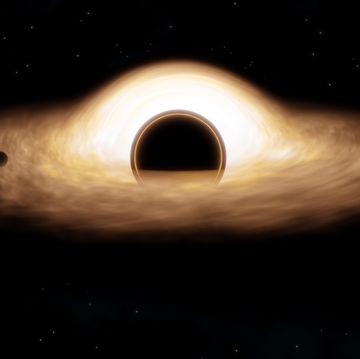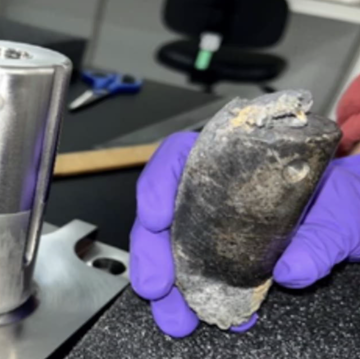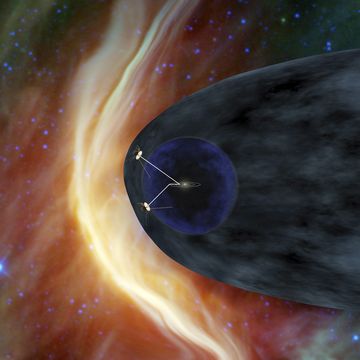Arx Pax is moving beyond hoverboards to take its magnetic technology off the Earth entirely. The company on Tuesday announced a partnership deal to bring its magnetic field manipulation technology to NASA, with two specific purposes in mind (and many more to come): first, to retrieve small satellites, and second, to create microgravity environments here on Earth.
"What we're providing NASA is another tool in their arsenal of accomplishing what they want to accomplish," Greg Henderson, CEO and co-founder of Arx Pax, said in an interview with Popular Mechanics. That tool is the hover engine, which creates a strong magnetic field. That magnetic field then interacts with a conductive surface of aluminum or copper to create a secondary magnetic field, which can then be manipulated to attract or repel the engine.
The company demonstrated this tech through the Hendo hoverboard to capture the public imagination, but its real purposes go deeper. It was conceived as a way to stabilize buildings during an earthquake, and it has since been diversified to other applications, including some that could be used in hyperloop concepts.
For NASA's purposes, the system would be perfect for CubeSats—small "microsatellites" designed for light payload missions. Because of their small size, adding thrusters might be unworkable. But if you manipulate them with a magnetic field generated by a larger craft, you don't have to worry about thrusters.
"Such a device would be a big advance and could be very useful for controlling the orbital parameters of a microsatellite," Chris Damaren, engineering professor at the University of Toronto's Institute for Aerospace Studies, said. "This would be particularly useful for formations of microsatellites where one wants to control the relative positions of the satellites. "
On Earth, this same technology would allow NASA to demonstrate microgravity environments. In other words, expensive testing that usually has to take place in space can instead be tested on Earth much less expensively.
The deal will likely net other applications, some of which technologies so new they "haven't even been named yet," Henderson says enthusiastically. But he's confident that, in NASA, Arx Pax has a partner willing to take on some of the more challenging engineering tasks for the hover engine.
"These folks are solving really amazing problems, and they're thinking about the future in the most valuable of ways," Henderson says.
Giaco Furino contributed to this report.













